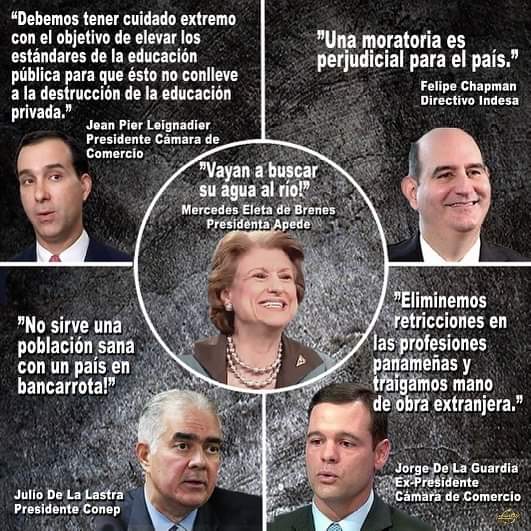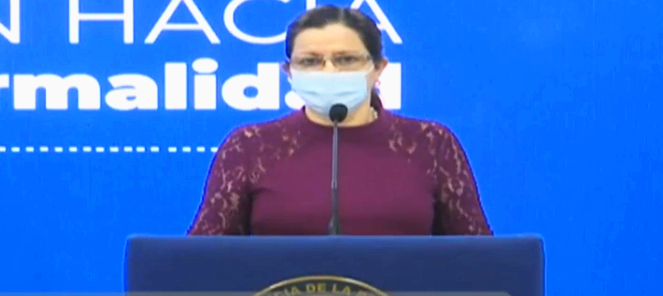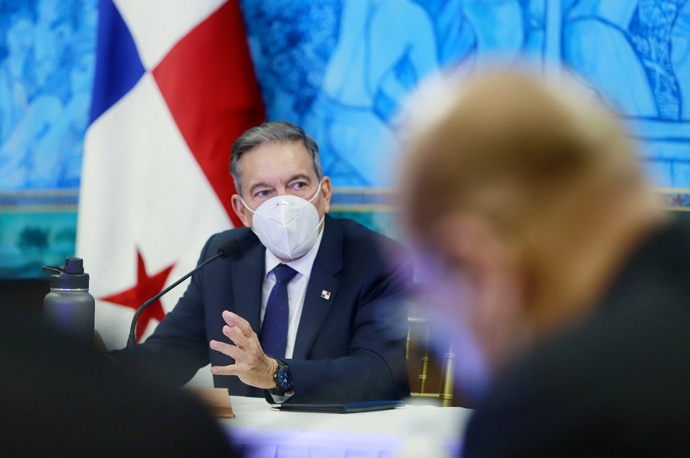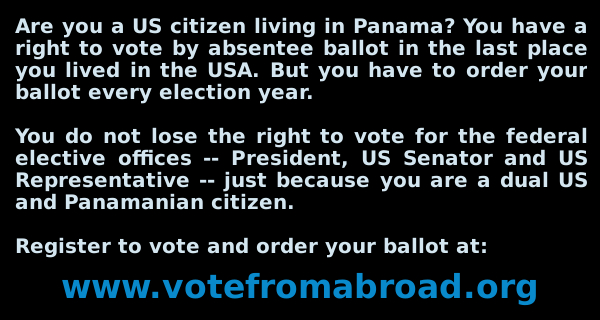Nito ponders his next moves. Photo by the Presidencia.
Economic activity, infection’s spread grind back into gear
by Eric Jackson
In March Nito Cortizo put the nation’s’ pandemic response largely in the hands of health minister Rosario Turner. The economic aspects of that, including emergency purchases and food relief for those left locked in their homes without income, he delegated to the vice president, Gabriel Carrizo, who came to public office from the world of banking. She coordinated a defense that kept Panama’s death toll way down per capita compared to a lot of other countries. The VP oversaw multiple purchasing scandals and food relief that left out most of those in the informal sector, middle class people who live paycheck to paycheck in neighborhoods not thought of as poor and many others in need.
Long about the middle of May, the president began to think of the next phase, in consultation with elite business leaders. It appears that two main aims were given priority: getting businesses back open and avoiding the expense of a food relief program that reaches everyone. And from the initial consultations with the business leaders who had given him the ill-fated constitutional reforms last year, he expanded the number of those people “in the loop” just a bit.

The business leaders’ advice was as narrowly self-serving as it could possibly be, and an invitation to subsequent social turmoil. Everyone for themselves, and if the constant hand-washing had to be done in a stream contaminated by COVID-19 infected sewage, not their problem. And so on. Graphic from the luchas sociales y populares de Panamá Facebook page, quotations all from various rabiblanco media.
Organized labor, on the other hand, was more nuanced all along, but without much attention from the corporate mainstream media. They were hard-hit by the quarantine, but instead of opposing those measures calling for “a quarantine without hunger.”
To understand the subtleties, it helps to know who Panama’s main unions are. The private sector is mostly unorganized, even if you exclude the huge informal sector that’s nearly half of the Panamanian work force. The various company unions are properly excluded from any consideration of what and who is a union. The heavyweights among what’s left on the private side are the construction workers, the brewery and soft drink workers and some of the port workers. The SUNTRACS construction workers’ union is perhaps the country’s best known , and the SITRAFCOREBGASCELIS soft drink and brewery union might be better known if it had a pronounceable name. Both have leftist leaders, of different factions.
The public sector is far better organized, but there, too, certain organizations need to be counted out as real unions. Where the work force turns over every five years with political patronage hiring and firing, the union tends to be a racket. But there are doctors, nurses, teachers, university professors, canal pilots and other skilled trades at the ACP among the highly skilled segments of the public work force who have unions and who are not readily intimidated by threats of mass firings and the hiring of scabs. The physicians’ unions, AMOACSS in the Seguro Social system and the doctors at the Ministry of Health’s flagship Hospital Santo Tomas, say that the epidemic is far from under control and the June 1 end of quarantine and opening of many businesses was a mistake. The government’s own late May and early June health statistics tend to underline the doctors’ objections. And if Panama’s tiny white aristocracy tends to treat all educated professionals with roughly the same respect that they give their domestic employees, the rest of Panama’s organized workers, and many citizens who belong to no union, give great deference and respect to what the doctors say.
When, during the quarantine, the left side of Panamanian labor and its friends organized night-time pot banging protests in parts of the metro area, the demand was not to end the quarantine but to end hunger while the lockdown was underway. Political demands on doctors’ orders.
However, among Panama’s more than four million people, only 621,792 people get the Panama Solidario food assistance, which is only $80 a month.
Leave it to big business to embrace unproven notions about COVID-19, or to twist things that are know in their favor.
For example, by maintaining that the best solution is for all Panamanian working people to come out and get infected so that there might be a “herd immunity” that is not known to exist with this disease. By most projections, though, that means many thousands of deaths. The SUNTRACS response? “We are not a herd.”
For example, by noting that since older people are more vulnerable, advocating an end to all seniority and pay scales in labor relations, so that employers can get rid of higher-paid senior workers in favor of the “less vulnerable” and lower-paid newer employees. (And by the way , weed out the known union activists.)
As part of May’s moves to set ground rules to restart the economy, there were talks between labor and management, mediated by the Ministry of Labor Development. As with last year’s minimum wage talks, business representatives were intransigent. Labor walked out.
So, with the end of the lockdown came the resumption of labor demonstrations.
Socially distanced picketing in front of the labor ministry. Frenadeso Noticias video.
So, what does President Cortizo face? A record national debt, and international lenders who will demand conditions for any new loans or any forbearance on old ones. A grievously stricken world shipping industry, and pandemic-demolished economies in all of the countries that buy from our duty-free import/export zones. Wounded air travel and tourism industries negating any quick return to profitability in those sectors. The world Food and Agricultural Organization, a UN agency, warns that countries that depend on imported food — as Panama does — are likely to find over the coming months that they will find it hard to scrape up the money to buy food.
Nito promises that “in 2021 we will have a robust economy.” If it’s in comparison to what we have had, that might be an easy bet. If it really does quickly become a boom economy, then the various economic sectors will battle to see whose losses in these times get covered and whose don’t. The big unknown, though, is what our health situation will be a year from now.

In the face of a raging epidemic, Health Minister Rosario Turner reimposes the complete Sunday shutdowns for Panama and Panama Oeste provinces.
Contact us by email at fund4thepanamanews@gmail.com
To fend off hackers, organized trolls and other online vandalism, our website comments feature is switched off. Instead, come to our Facebook page to join in the discussion.
These links are interactive — click on the boxes












